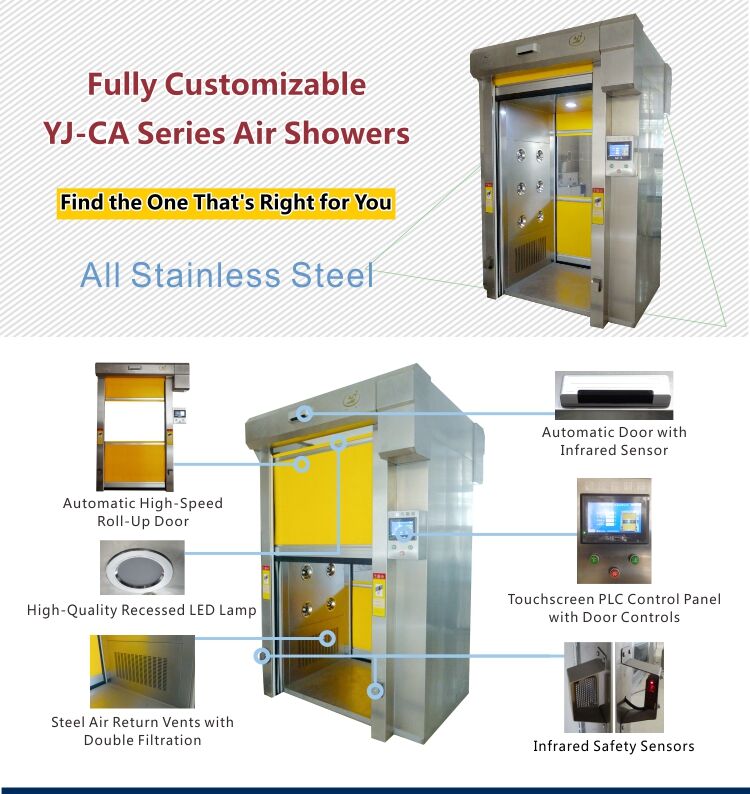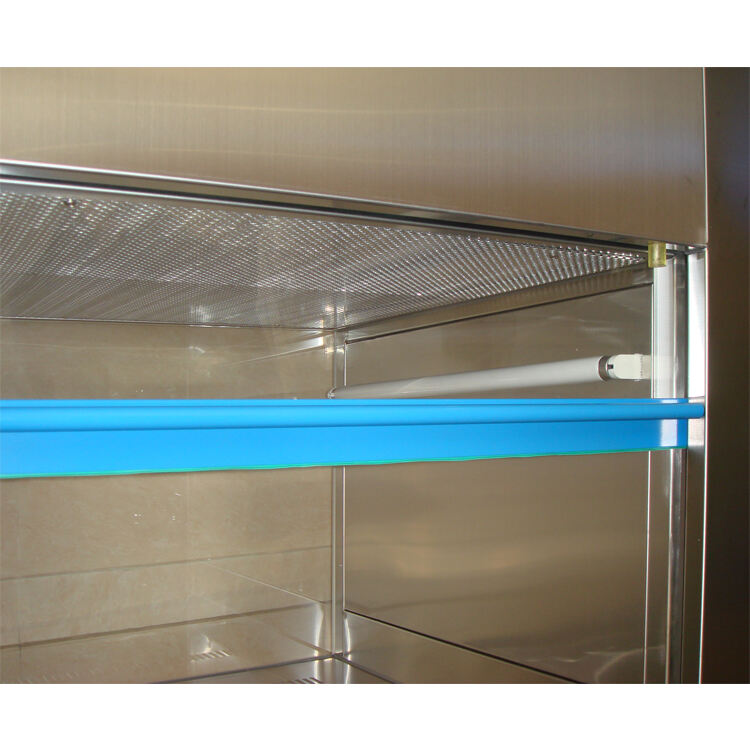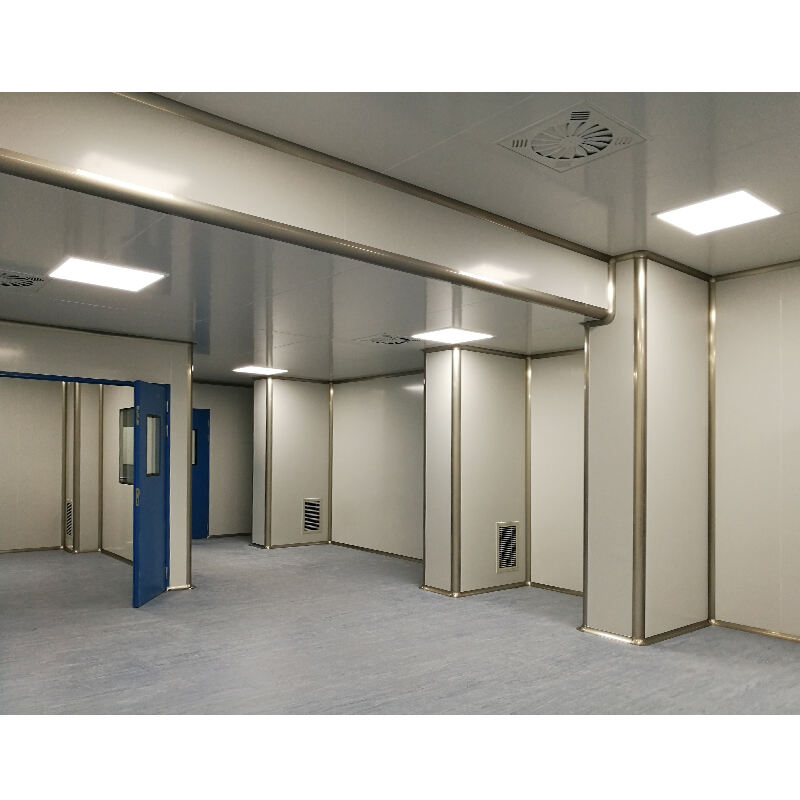clean room classification eu gmp
Clean room classification according to EU GMP (European Good Manufacturing Practice) represents a comprehensive system for ensuring controlled environments in pharmaceutical and biotechnology manufacturing. This classification system defines specific standards for air cleanliness, focusing on particle concentration levels and microbiological controls. EU GMP establishes four main grades: A, B, C, and D, with Grade A being the most stringent. Grade A areas, typically used for high-risk operations like aseptic filling, require the highest level of cleanliness with minimal particulate contamination. Grade B surroundings provide the background environment for Grade A zones, while Grades C and D are designed for less critical production steps. The system monitors parameters including airborne particle counts, air changes per hour, pressure differentials, temperature, and humidity. Each grade specifies maximum permitted airborne particle concentrations at two sizes: 0.5 μm and 5.0 μm, both at rest and in operation. Implementation requires sophisticated HVAC systems with HEPA filtration, regular environmental monitoring, and strict operational protocols. This classification system ensures product quality, regulatory compliance, and patient safety in pharmaceutical manufacturing.


